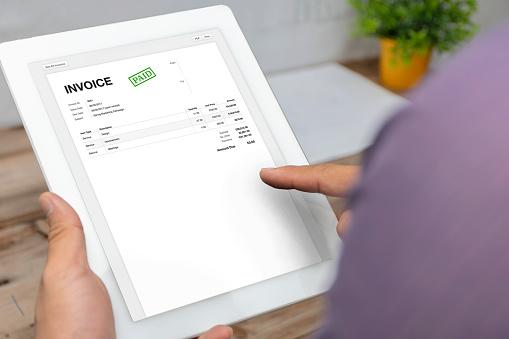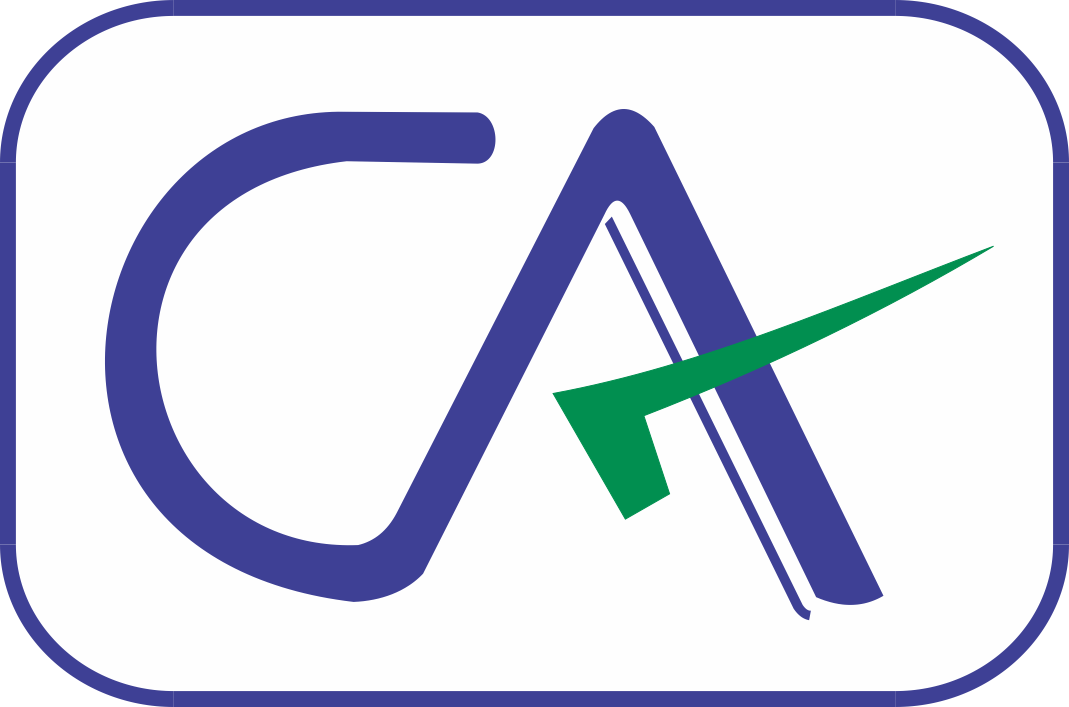
E-Invoicing | What exactly is e-invoicing in (2022)?
What exactly is e-invoicing?
Electronic invoicing, often known as e-Invoicing, is a method of creating invoices in which invoices
generated by one software may be read by another, removing the need for any new data entry or
errors. In a nutshell, it is an invoice prepared using a defined format, where the electronic data of
the invoice may be shared with others, assuring data interoperability.
Is e-invoicing required? To whom will e-invoicing apply?
From 1st October 2020, any enterprises whose aggregate turnover has been above the Rs.500 crore
limit in any of the previous fiscal years from 2017-18 to 2019-20 must use e-invoicing. E-invoicing
becomes mandatory for firms with a revenue of more than Rs.100 crore in any of the fiscal years
2017-18 to 2019-20 on January 1, 2021.
Similarly, it was extended to enterprises with total revenue of more than Rs.50 crore beginning in April
1, 2021. The government recently extended the application of e-invoicing to firms with a turnover of
more than Rs 20 crore from April 1, 2022. From October 1st, 2022, the system will be expanded to
encompass enterprises having a revenue of more than Rs.10 crore.
However, e-invoicing is not applicable to the following registered persons, regardless of turnover, as
specified in CBIC Notification No.13/2020 – Central Tax:
● An insurance, a bank, or a financial institution, such as an NBFC
● A Transportation Agency for Goods (GTA)
● A registered individual who provides passenger transportation services.
● A registered person who provides services such as admission to cinematographic film
screenings in multiplexes.
● A SEZ unit (exempt from CBIC Notification No. 61/2020 – Central Tax)
● A government department or municipal authority (exempt from CBIC Notification No.
23/2021 – Central Tax)
What are the advantages of e-invoicing?
Here are some of the advantages of e-invoicing:
● One-time reporting of B2B invoices when they are being generated, reducing reporting in
numerous forms.
● When employing an e-invoicing system, much of the data in form GSTR-1 can be stored
ready for filing.
● E-way bills can also be simply generated using e-Invoice data.
● Data reconciliation between the books and the GST returns filed is not required.
● Real-time tracking of supplier invoices can be enabled, as well as speedier availability of
input tax credits. It will also reduce the need for input tax credit verification.
● Better tax-filing process management and automation.
● There would be fewer frauds because tax officials will have real-time access to data.
What is the e-Invoicing model?
Businesses will continue to generate invoices on their own ERPs under the e-Invoicing paradigm,
exactly as they have in the past. To provide a level of standardization and machine-readability, only
the standard, schema, and format for the generation of invoices will be specified. The taxpayer will
be responsible for the creation of the invoice.
It must be reported to the GST Invoice Registration Portal (IRP) while being generated. The IRP
generates a one-of-a-kind Invoice Reference Number (IRN) and includes the digital signature for the
e-Invoice and the OR code. The QR Code will contain critical parameters of the e-Invoice and
will be returned to the taxpayer who created the document in the first place. The IRP will also
transmit the signed e-Invoice to the seller’s registered email address.
What will the e-Invoice workflow look like?
An E-Invoice workflow has two essential components. The first stage involves the interaction of the
company/supplier and the Invoice Registration Portal (IRP). The supplier creates an invoice and
uploads the invoice’s JSON file to the IRP. Before forwarding the invoice to the supplier, the IRP
validates the data contained in it, generates an IRN and QR code, and digitally signs it.
The relationship between the IRP and the GST/E-Way Bill systems is the second element. The e-
invoice data is transferred to the GST system, where the GSTR-1 return is automatically generated.
The e-invoice data is also sent to the e-way bill system, which generates Part A of the e-way bill, and
if transporter information is provided, Part B. If not, Part B can be created at a later time. As
a result, e-invoicing has significantly shortened a taxpayer’s workflow by removing several data
entries.
E-invoicing and B2C transactions
B2C transactions refer to all supplies made to unregistered individuals or consumers. B2C invoices
are ones for which the end user will not claim an input tax credit (ITC). B2C invoices are currently
excluded from e-invoicing. However, as per Notification No. 14/2020-Central Tax, a taxpayer is
required to establish a dynamic QR code for facilitating digital payments on all B2C invoices, as
revised by Notification No. 71/2020-Central Tax.
All taxpayers with an annual turnover of more than Rs.500 crore in any preceding fiscal year
(beginning with 2017-18) are expected to create QR codes on their B2C invoices beginning 1st
December 2020 (the deadline was originally 1st October 2020 but was postponed by Notification No.
71/2020).
Furthermore, CGST Notification No. 89/2020 dated November 29, 2020, waived the penalty levied
for non-compliance with this condition from December 1, 2020, to March 31, 2021. Failure to
comply after April 1, 2021, would result in an Rs.25,000 penalty for erroneous invoicing under
Section 125 of the CGST Act.
B2C invoicing with QR codes
A QR code is an abbreviation for “quick response code.” It contains encoded data regarding an e-
invoice. It is a two-dimensional barcode that can be scanned with any mobile device. The taxpayer
must generate the B2C QR code. IRN generation is not necessary for B2C bills. If a B2C invoice is sent
to IRP, it will be automatically denied, and if it is sent many times, the taxpayer’s IRN creation may
be blocked. Thus, the primary goal of creating QR codes for B2C e-invoices is to promote payment
digitalization via any UPI.
Who doesn’t require dynamic QR codes on B2C invoices?
Insurance companies, banking companies or financial institutions, non-banking financial companies,
goods transport agencies, passenger tickets by transportation business, movie tickets by multiplex
screens, and non-residents providing Online Information Database Access and Retrieval services are
all exempt.
Exporting goods or services to unregistered individuals does not require a dynamic QR code because
these are considered B2B transactions, therefore e-Invoicing is required.
A standard B2B QR code must have the following information:
● The supplier’s GSTIN
● Supplier UPI ID
● Invoice number provided by the supplier
● Date of invoice generation
● Bank account details of the payee and IFSC
● CGST, SGST, IGST, Cess, if applicable

